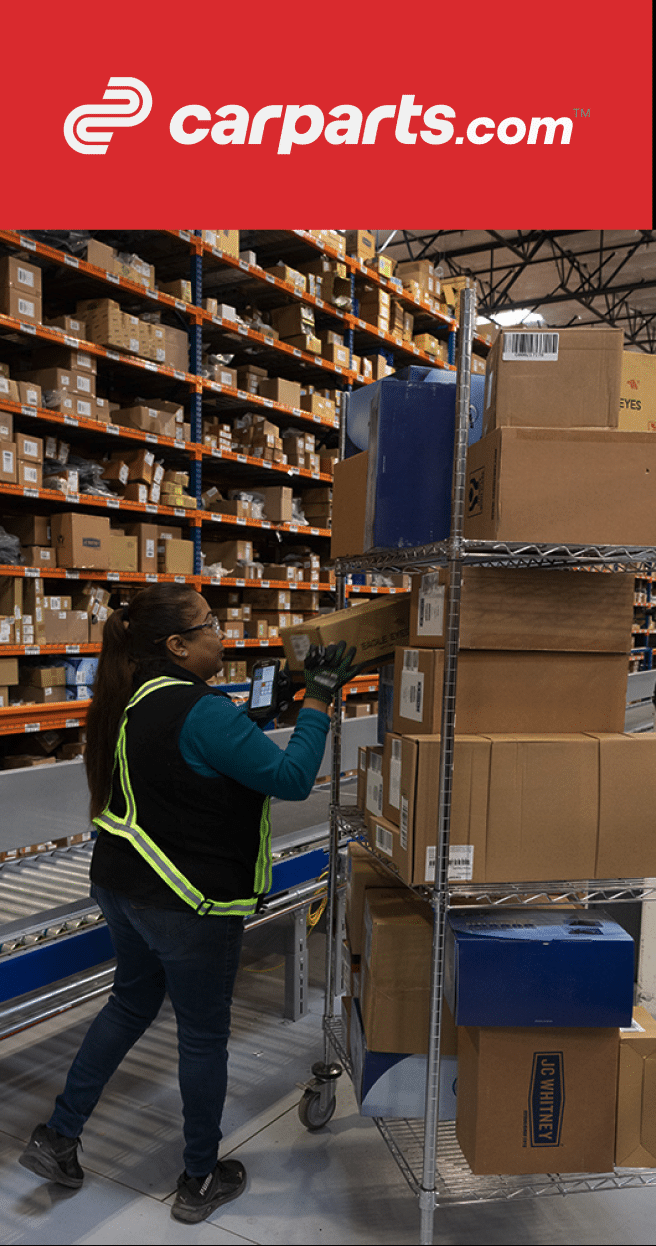
Global growth of the warehouse automation market will increase dramatically over the next five years, driven by the exponential growth of the e-commerce industry. That’s the prediction of a number of research firms that are forecasting the market will surge during this time, with estimates ranging from just under $30 billion, to more than $90 billion by 2024.
Much of this expected growth in automation can be attributed to advancements in robotics, particularly the increasing use of autonomous mobile robots to move goods in distribution centers and fulfillment warehouses.
“Meeting customer demands within e-commerce requires increased adoption of warehouse automation solutions to keep costs and operational complexity in check,” says market research firm LogisticsIQ. “Online retailing is fundamentally a logistics business driven by margin improvement from cost reduction in inventory management, order fulfillment, and delivery capabilities.”
But are forecasts of a near $100 billion market accurate?
No. In fact, they may even be too low.
The Big Picture
The wide disparity in market size estimates shows that there is little consensus among research firms regarding the current size of the automation market and the factors they are taking into account to make their predictions.
For example, just over 10% of warehouses in the U.S. currently have any form of automation in place. In fact, it’s not uncommon to see pickers walking the aisles with paper order sheets and inventory being tracked with a pen and clipboard. The more than 80% of warehouses with no automation represent a tremendous opportunity for growth that is not being taken fully into account.
Furthermore, the “Amazon Effect” is extremely pervasive, and will likely force all warehouses to adopt automation more quickly than expected or risk being left behind. We’ve already seen how Amazon turned the entire industry on its head with its announcement of one-day shipping, which is making everyone else play catch-up. If online retailers expect to survive in the shadow of Amazon, they’ll need to deploy comparable technologies.
And finally, the spread of automation will make online shopping even easier than it is now, which will boost the overall growth rate of e-commerce sales, which currently stands at just over 10% of total sales in the U.S. Fueled by automation, that e-commerce number will take off like a rocket, overtaking brick-and-mortar sales much more quickly than expected.
There is one thing that we can all agree upon, however: automation is necessary to meet customer demand, and companies have no other option than to deploy those technologies in their warehouses and fulfillment centers if they want to remain in business.
